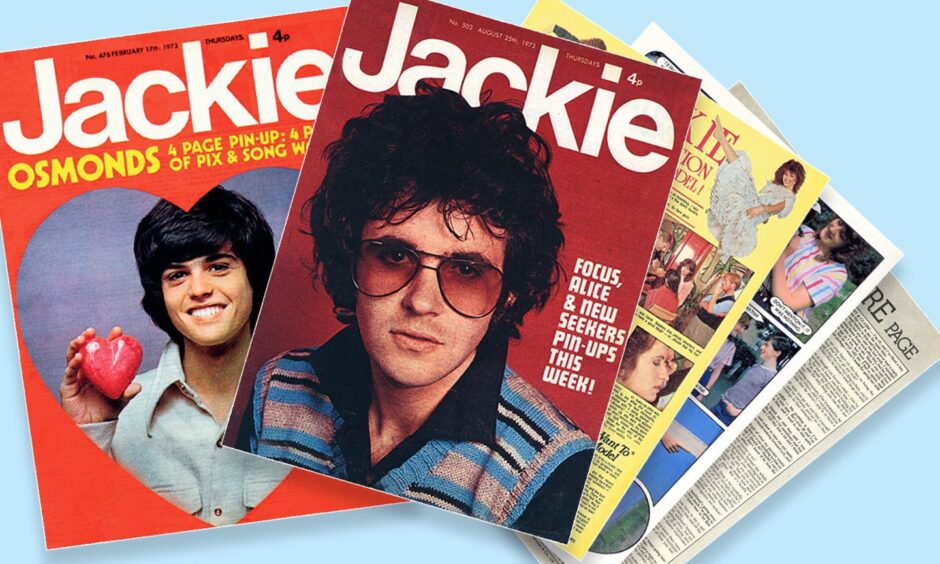
At its peak Jackie sold a million copies a week and was the “teen bible” of its time.
The magazine launched 60 years ago, on January 11 1964, at the height of Beatlemania and just 10 days after the first screening of Top of The Pops on BBC One.
It signalled the start of the teenybop phenomenon.
Jackie acted as a girl’s best friend and was the magazine to be seen with.
It offered readers’ letters, beauty tips, picture strip stories, fashion, colour pop pin-ups and its hugely-influential agony aunt’s page.
The picture stories were always the magazine’s strength.
Jackie was created, printed and published by DC Thomson in Dundee.
To try out the teen market and provide an editorial template for Jackie, a one-off pop title was produced on the new Goss rotary photogravure press at Kingsway.
Gravure allowed glossy colour pages and high-speed print runs.
The 64-page magazine was called Elvis, Cliff and All.
It was put together by a small team working on Jackie and included “pops, pin-ups, stories and features” about Elvis Presley, Cliff Richard, Adam Faith and Billy Fury.
A double page was devoted to the loves of Elvis Presley’s life and glossy posters included Warren Beatty, Richard Chamberlain, Clint Eastwood, Tab Hunter and Johnny Leyton.
Girls could construct their “perfect boy” from cut-out hairstyles, eyes, noses and lips belonging to Roy Castle, Jess Conrad, Adam Faith, Shane Fenton and Cliff Richard.
Only a small number was printed and placed with selected newsagents.
Now for the real thing.
Amazingly, the most famous girls’ mag of all time almost wasn’t called Jackie.
President John F Kennedy was assassinated in November 1963, just after the first edition of Jackie had “gone to press” – 12 weeks before publication date.
There were serious concerns about the publication bearing his widow’s name.
Ultimately, it was decided to go ahead with the initial print-run of around 500,000 and there was no adverse comment about the title.
Jackie cost 6d (2½d) and the cover of the first issue featured Cliff Richard.
It gave away a free Twin Heart Ring.
The first issue was headed Jackie for Go-Ahead Teens and sold 350,000 copies.
It was issued on a Thursday and carried a London imprint for 185 Fleet Street.
But, in fact, it was produced in Dundee offices far from swinging London.
Its founder was a former RAF aero engine fitter called Gordon Small who enjoyed hillwalking and motorbiking and wasn’t the least bit into fashion or pop.
It was a weird recipe for success, but successful it was.
‘Demand for pop titles was insatiable’ in the 1960s
DC Thomson historian Dr Norman Watson said two important factors contributed to Jackie’s success in the 1960s “besides high-quality contents and appearance”.
“Firstly, as peer pressure became paramount, the demand for pop titles was insatiable.
“Secondly, by the 1960s, things could be bought.
“Women no longer darned socks or adapted plain dresses into pinafores.
It was interesting and illuminating being Cathy and Claire, and I think we made a difference to young girls who had no-one else to confide in but their favourite Jackie magazine.”
Sandy Monks
“The Sixties brought an expansion of the consumer market with a new emphasis on women’s wants and their spending power.
“This was converted to the magazines world by the selling climate created by advertisers and, as disposable incomes increased, Jackie became Britain’s undisputed teen bible.”
Within five years it had been rebranded as “Jackie for Young Lovers”.
But while it was pro-boyfriend, it was about romance, not sex.
Look back through old copies now and you can’t help but feel wistful for the more innocent era that it so perfectly summed up.
Today’s teenagers may be much more knowing but for Jackie devotees there was only one trusted source to turn to for help — the Cathy and Claire problem pages.
By the 1970s this feature alone attracted 400 letters a week from the paper’s 10-16 age group readership.
In reality, Cathy and Claire weren’t real and they were one person.
The letters were initially sent to the Fleet Street office in London then they made their way in overnight lorries to the magazine’s actual home in Dundee.
Cathy and Claire ‘made a difference’
Sandy Monks was the agony aunt — or aunts — in the early 1970s.
“Most of the letters were about boys — how to get one, how to get rid of one — so we had leaflets printed which we sent out to readers explaining all about the workings of these mysterious creatures,” she said.
“We had leaflets for a variety of other problems and the leaflets which were most popular were the one on Boys and the one on Busts.
“Readers were obsessed with their busts, or lack of them.
“At that time, judging by the letters to the problem page, there seemed to be a degree of ignorance about sexual relationships, so we produced a leaflet called Sex.
“The need for this was apparent from the problems we got.
“One girl wrote to us and said: ‘I know I am pregnant because my boyfriend touched me on the shoulder after he had been to the toilet’.
“It was interesting and illuminating being Cathy and Claire, and I think we made a difference to young girls who had no-one else to confide in but their favourite Jackie magazine.
“I hope we helped, anyway.”
For girls struggling with the sometimes overwhelming feelings the teenage years can bring, it was a combination of big sister and best friend.
Perhaps you’re not sure how to calm those first date nerves?
“Have a glass of milk while you’re deciding what to wear,” declared Cathy and Claire.
What if he turns up – and you don’t fancy him?
“Don’t leave him hanging on – gently break the news to him.”
Or what if he turns up, you have a great date and he doesn’t call?
“It could be that he can’t afford a girlfriend right now or has other commitments,” the agony aunts told a 1979 Jackie reader.
“But please don’t let this incident throw you.
“Put it down to experience and go on believing in yourself.”
Jackie’s problem page wasn’t only about romance.
So who better to ask for help if you’ve moved to a new area?
“Invite people round for coffee, cake and records, a hair-setting session or to help cut out a dress pattern – anything you’re interested in that gives you an excuse for company” was the advice in 1976.
In every girl’s room in the 1970s, the wall posters of Donny Osmond, David Cassidy, Slade and the Bay City Rollers would have got there courtesy of Jackie magazine.
Popular features included posters which came in three parts, with the head and shoulders kept until last.
Jackie magazine readers loved the glossy posters
Nina Myskow worked on Jackie for 12 years from 1966 and was made editor in 1974.
She came up with the idea of the three-part pin-up – which didn’t always go to plan.
“In those days, printing wasn’t an exact science and we’d often end up with a face the colour of boiled lobster and hands would be dusky tanned,” she said.
“Or we’d get sad packages back through the post asking why Donny had ended up with 10 fingers on each hand.
“But readers loved those posters.”
It was a Jackie with a free poster of David Cassidy that sold a whopping 1.1m copies on October 21 1972, which would still be a record-breaker if it happened today
Surprisingly, Jackie annuals did not appear until 1975.
There are, therefore, only Jackie 18 annuals from 1975 to 1993.
Most of the staff on Jackie were barely above the age of the readers.
BBC broadcaster Jackie Bird worked in the Dundee office in the 1970s and became Jackie from Jackie with a weekly Jackie Goes Into Action page in the magazine.
Jackie was still selling hundreds of thousands of copies by the 1980s and its pages were packed with pin-ups, problems, photo stories, boys, bands, fashion and features.
Antiques Roadshow presenter Fiona Bruce was a Jackie photo model from 1980, while Hollywood actor Alan Cumming appeared in the 1984 photo story Horsing Around.
Cathy and Claire were replaced by Dear Ellie from July 11 1987.
Maybe it began to look a bit tame and old-fashioned.
Sales slipped to 60,000 in 1993 when DC Thomson announced the magazine’s closure.
The final, 40-page issue in 1993 cost 50p.
It featured a large “Last Issue Ever” front cover splash, flashback articles and prominent adverts for Jackie’s younger DC Thomson sibling, Shout.
Jackie was no more, after 1,538 issues.
Everything changes and everything has its time.
For Jackie, those times were glorious, and the memories linger on for the faithful readers who called the mag a friend during those awkward teenage years.
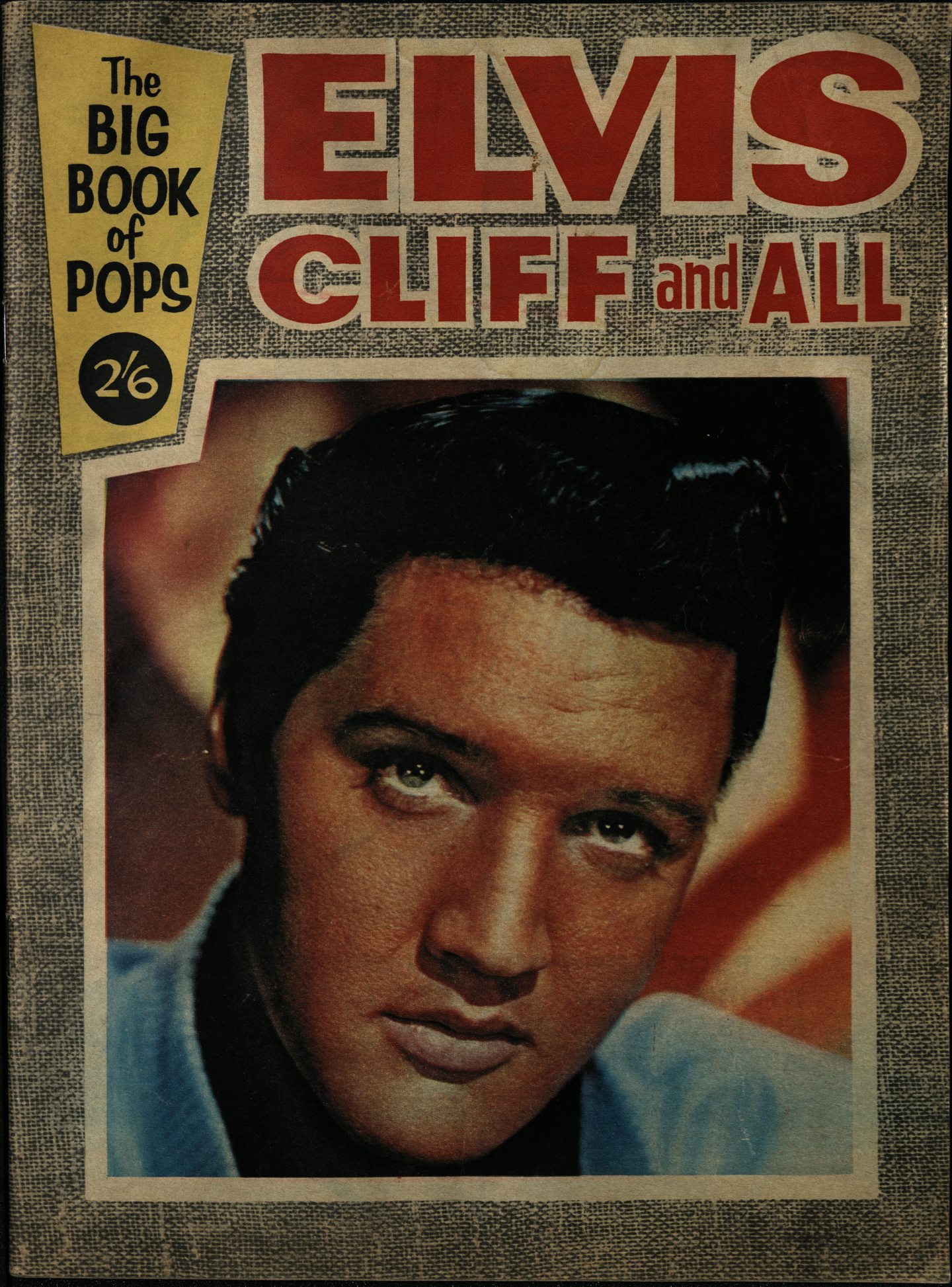
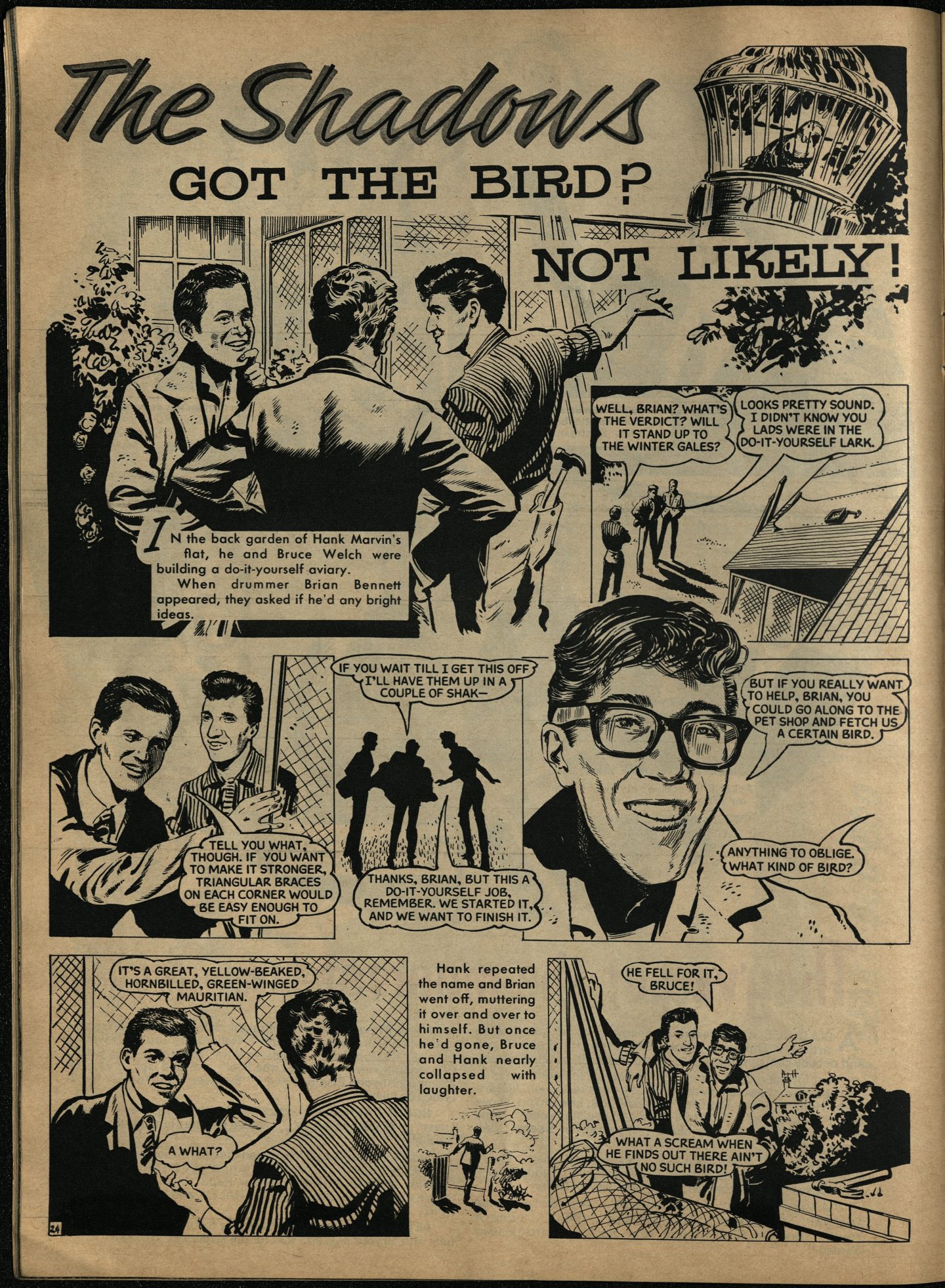
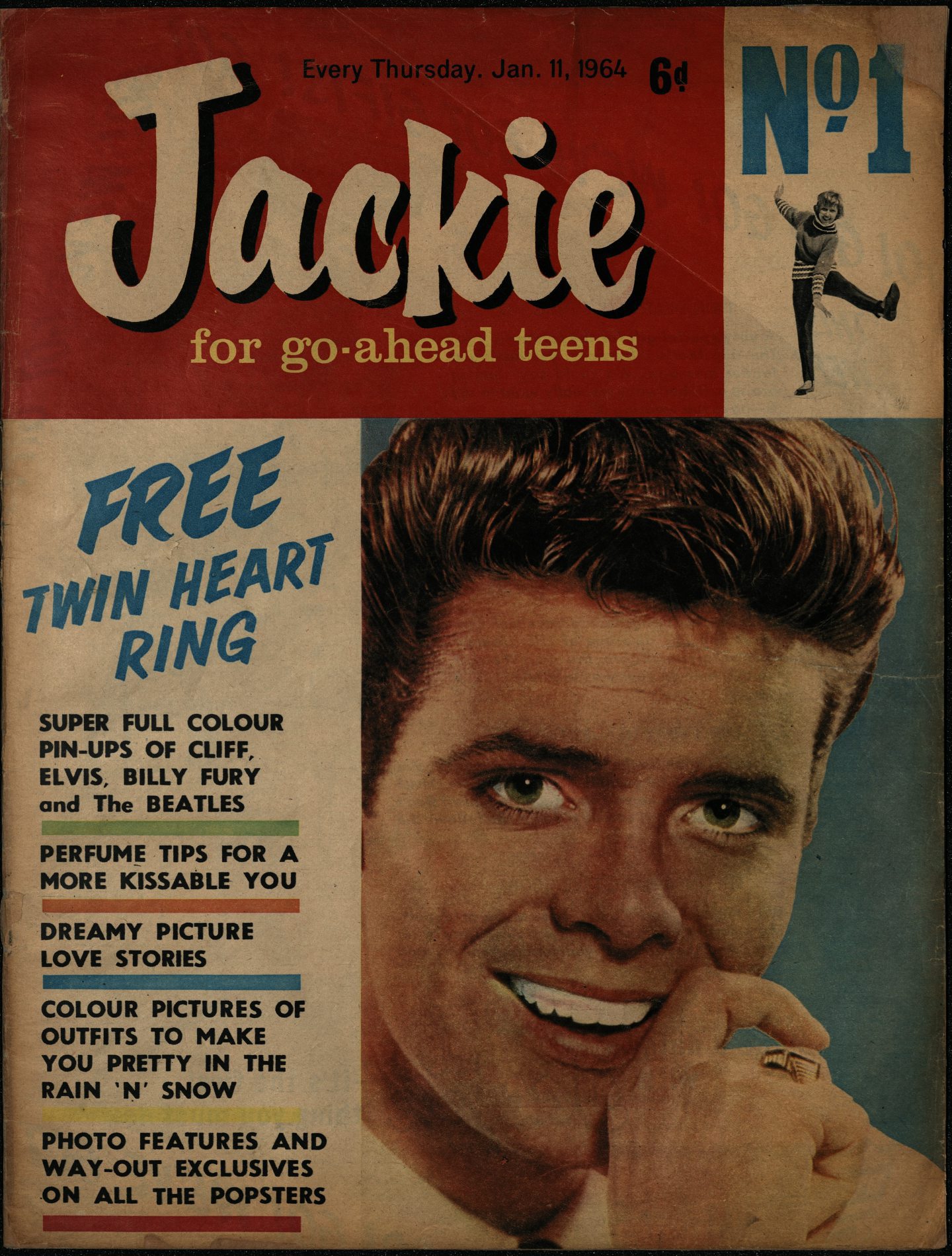
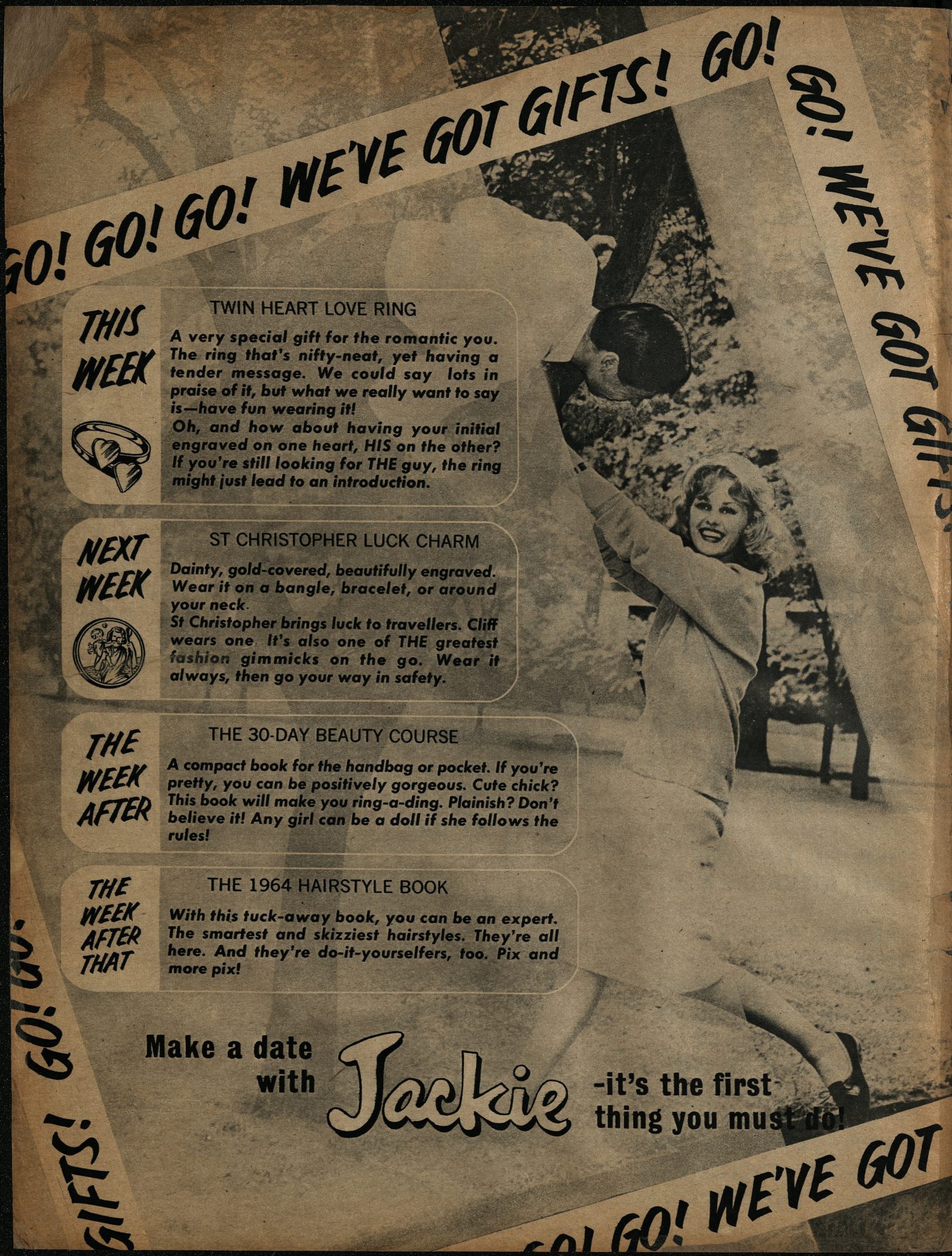
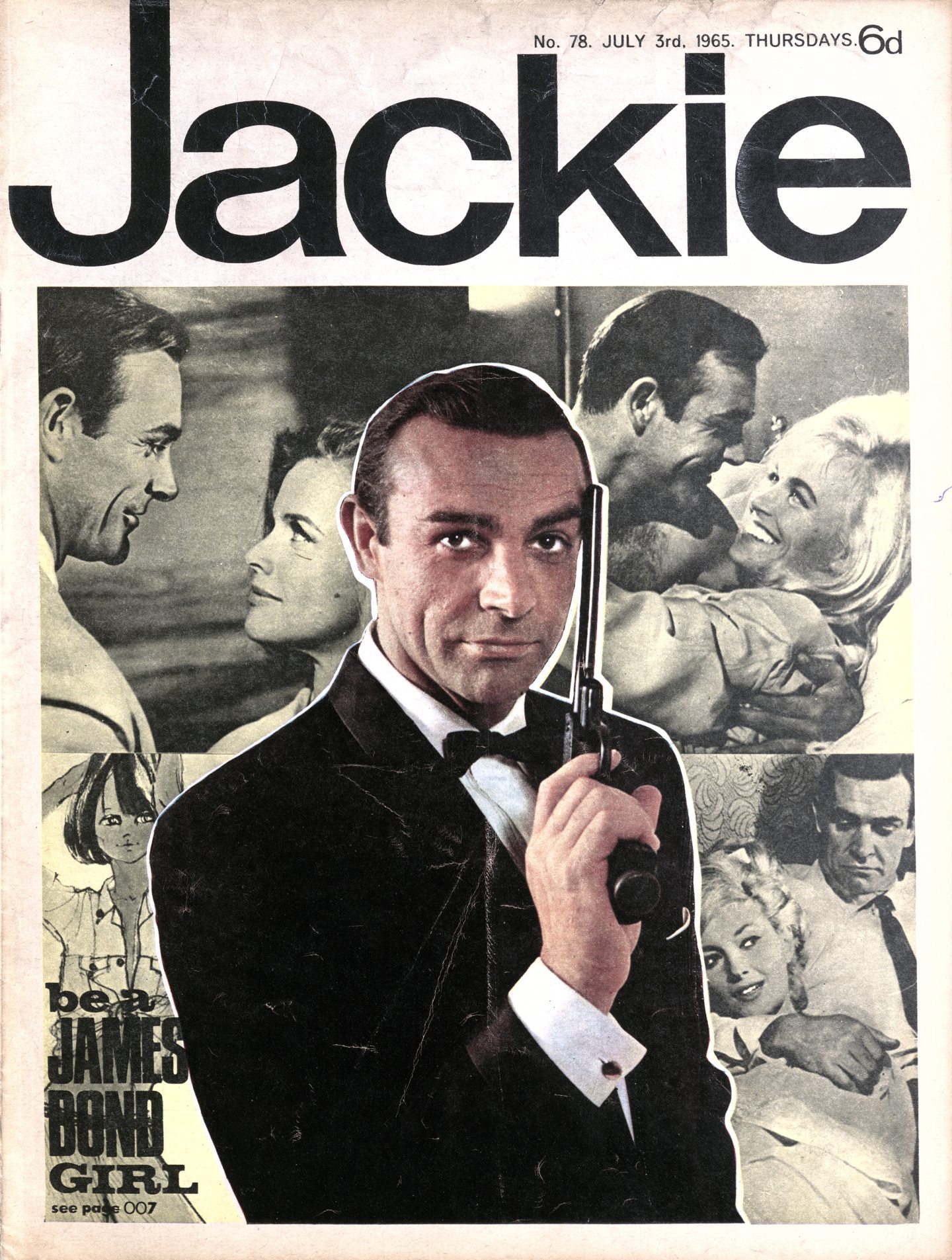
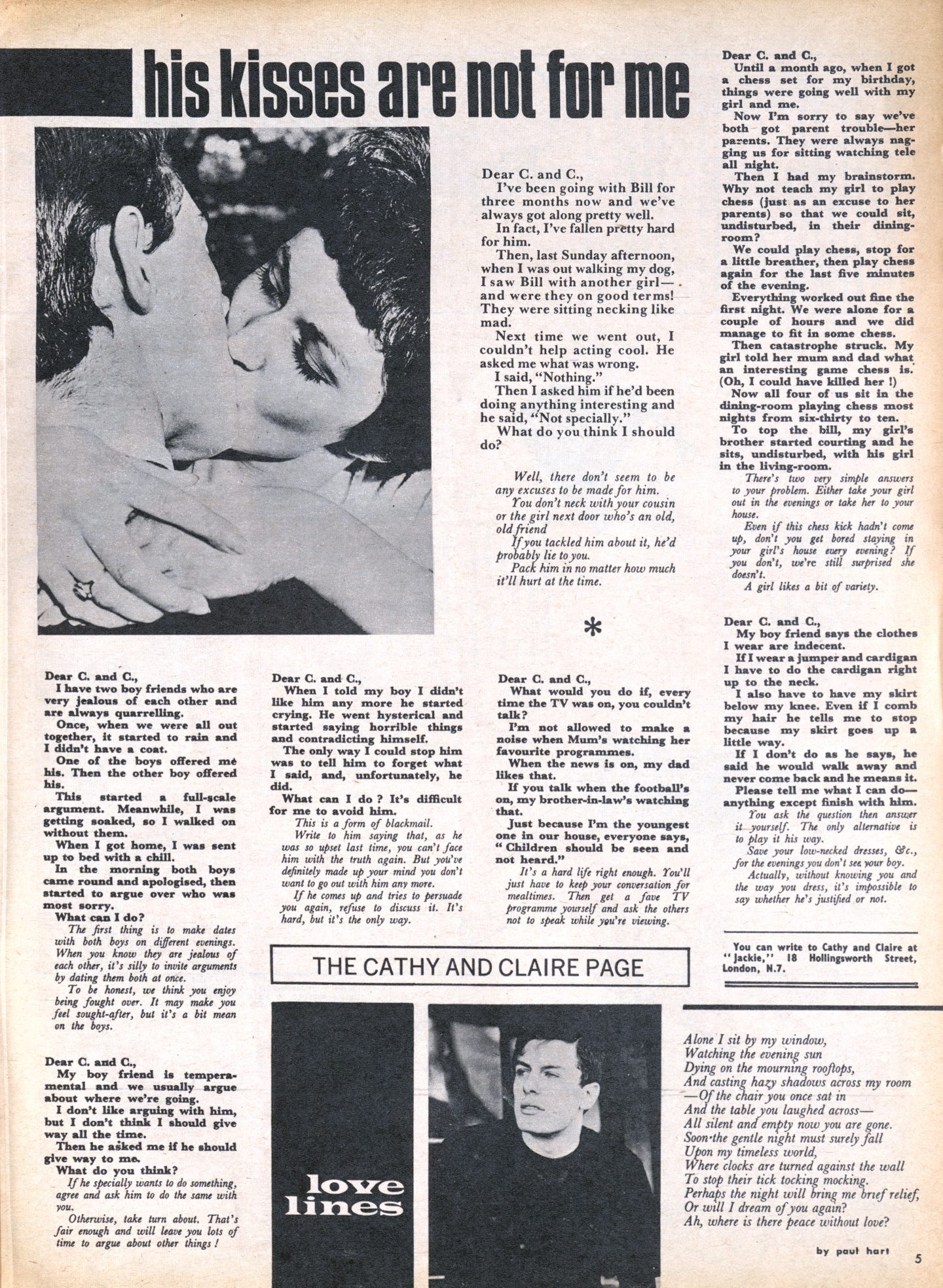
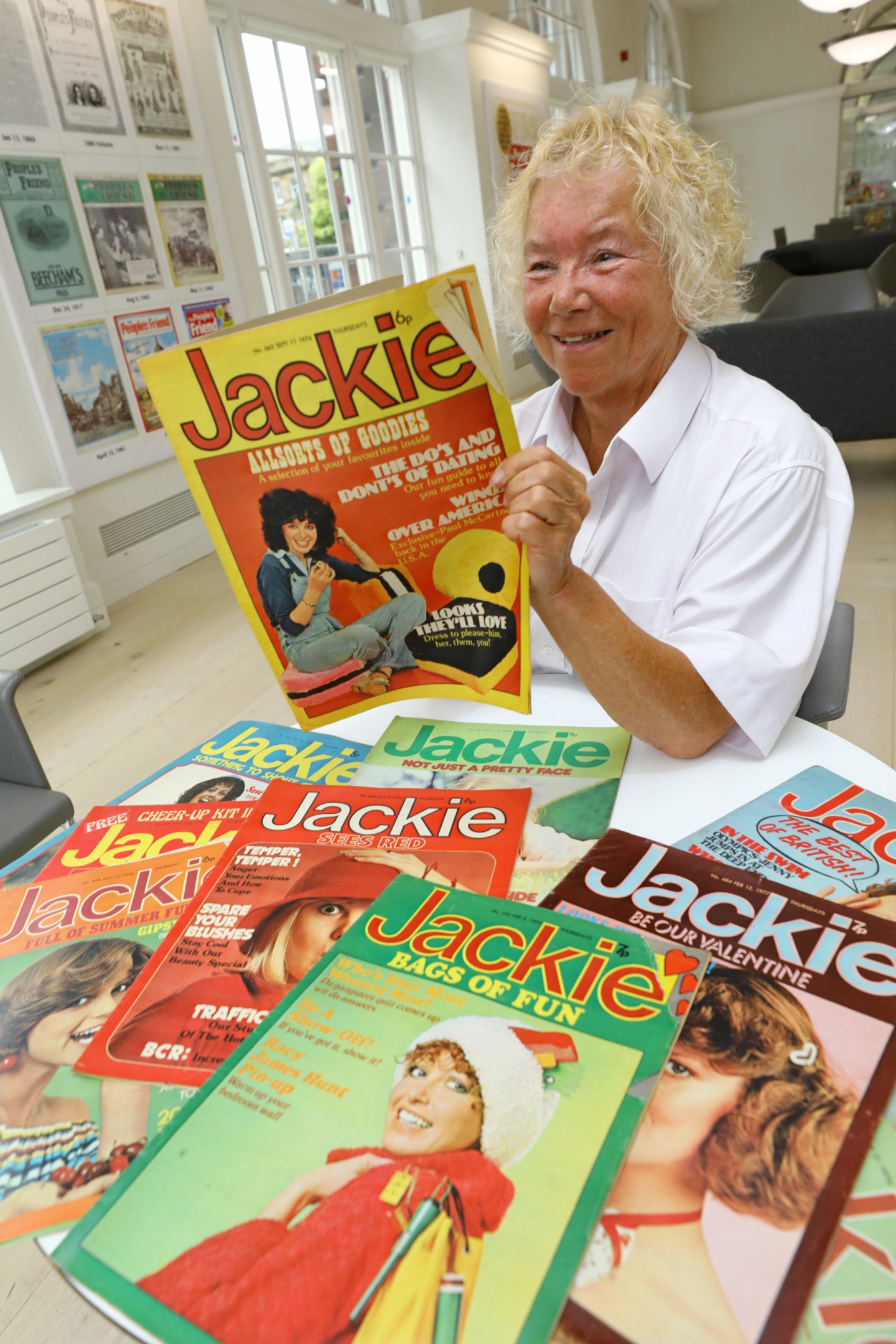
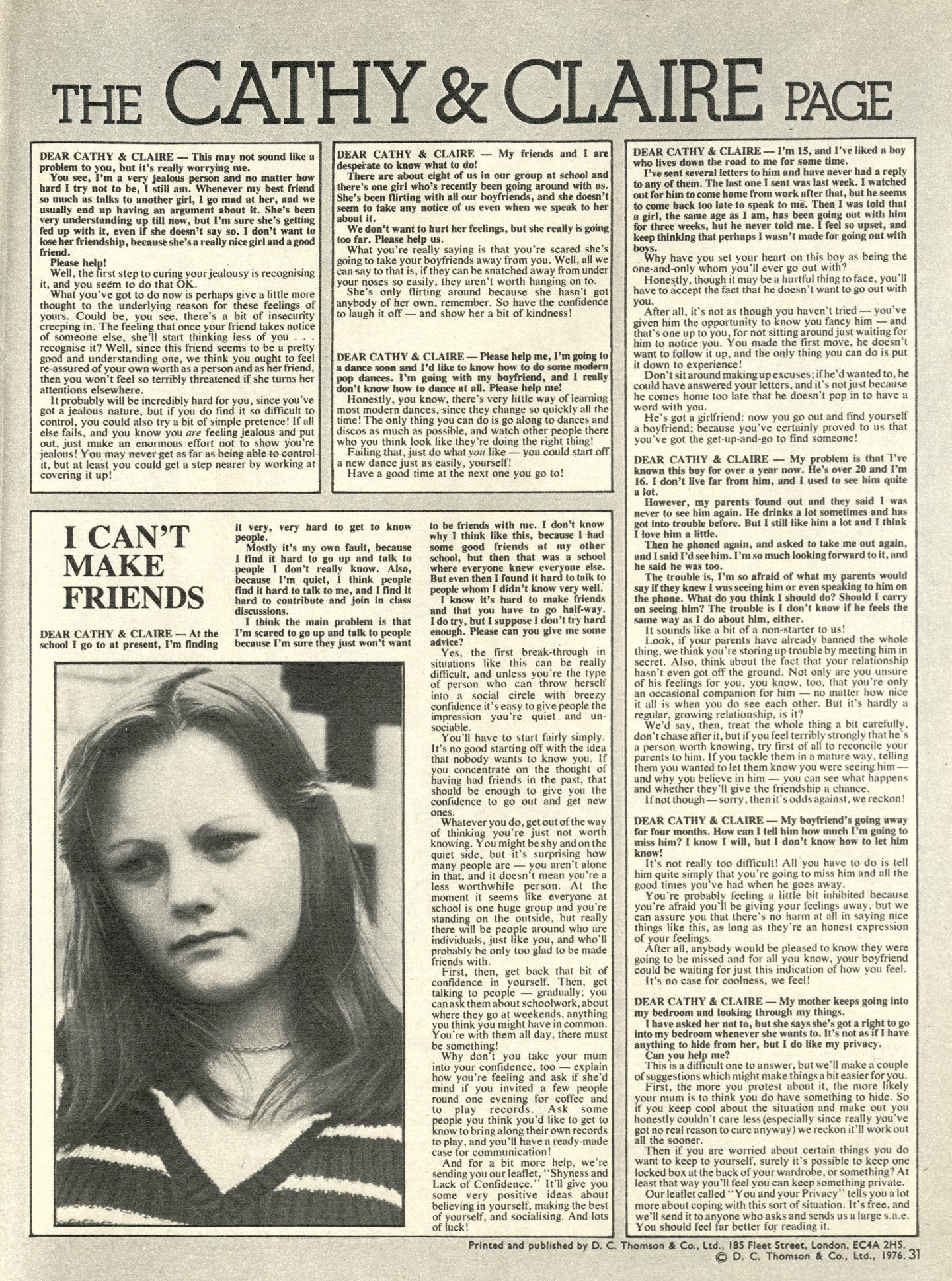
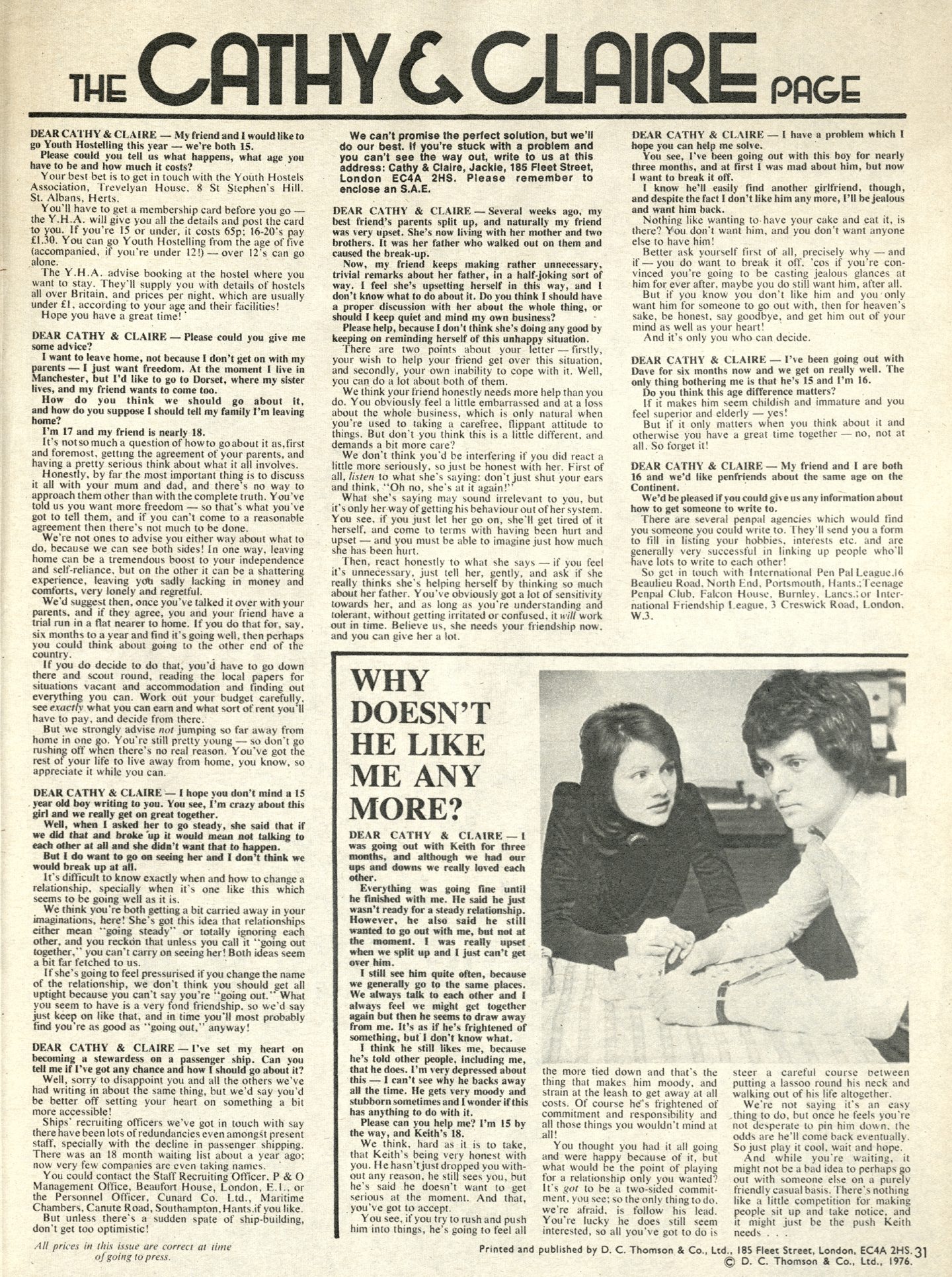
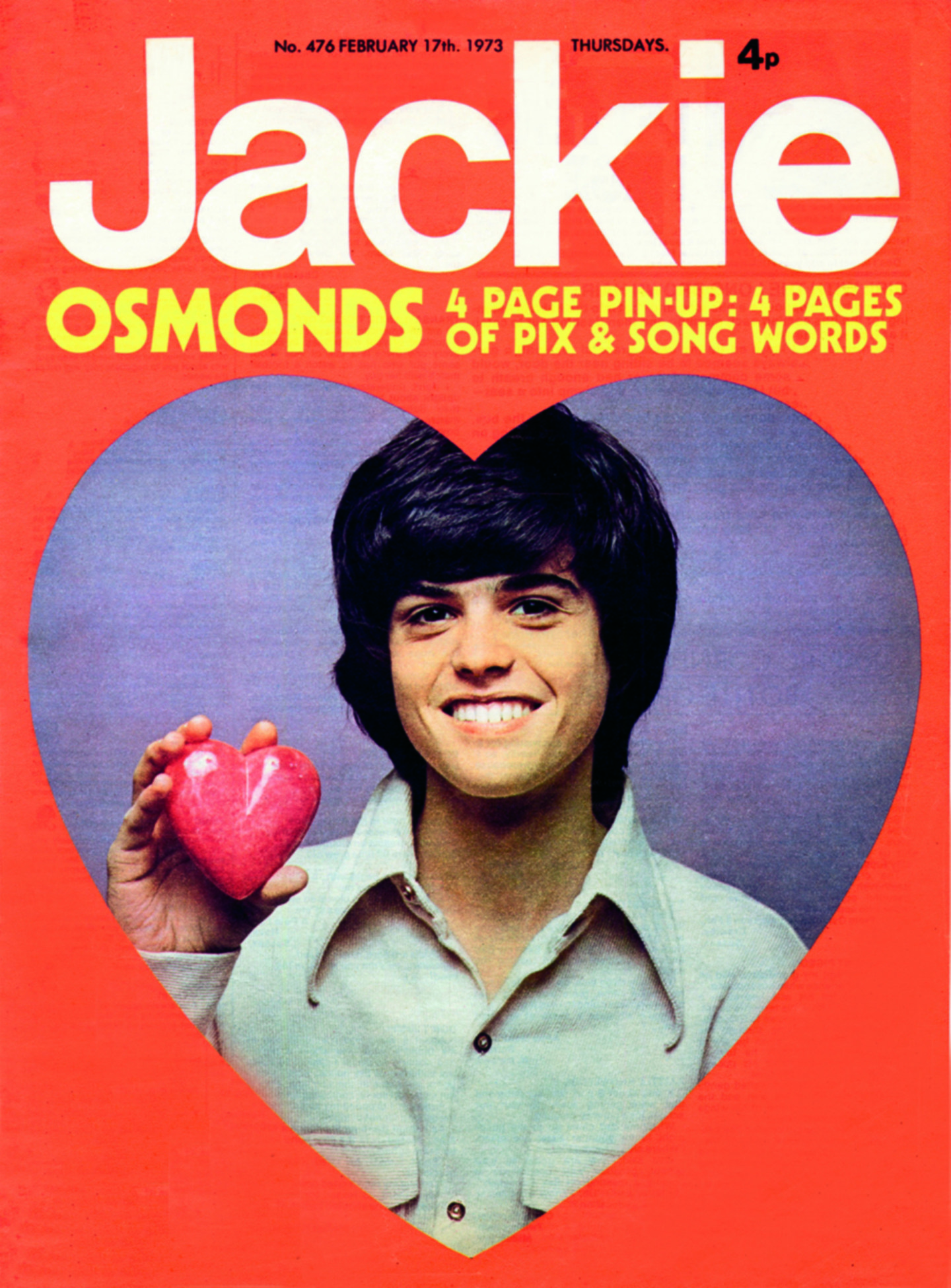
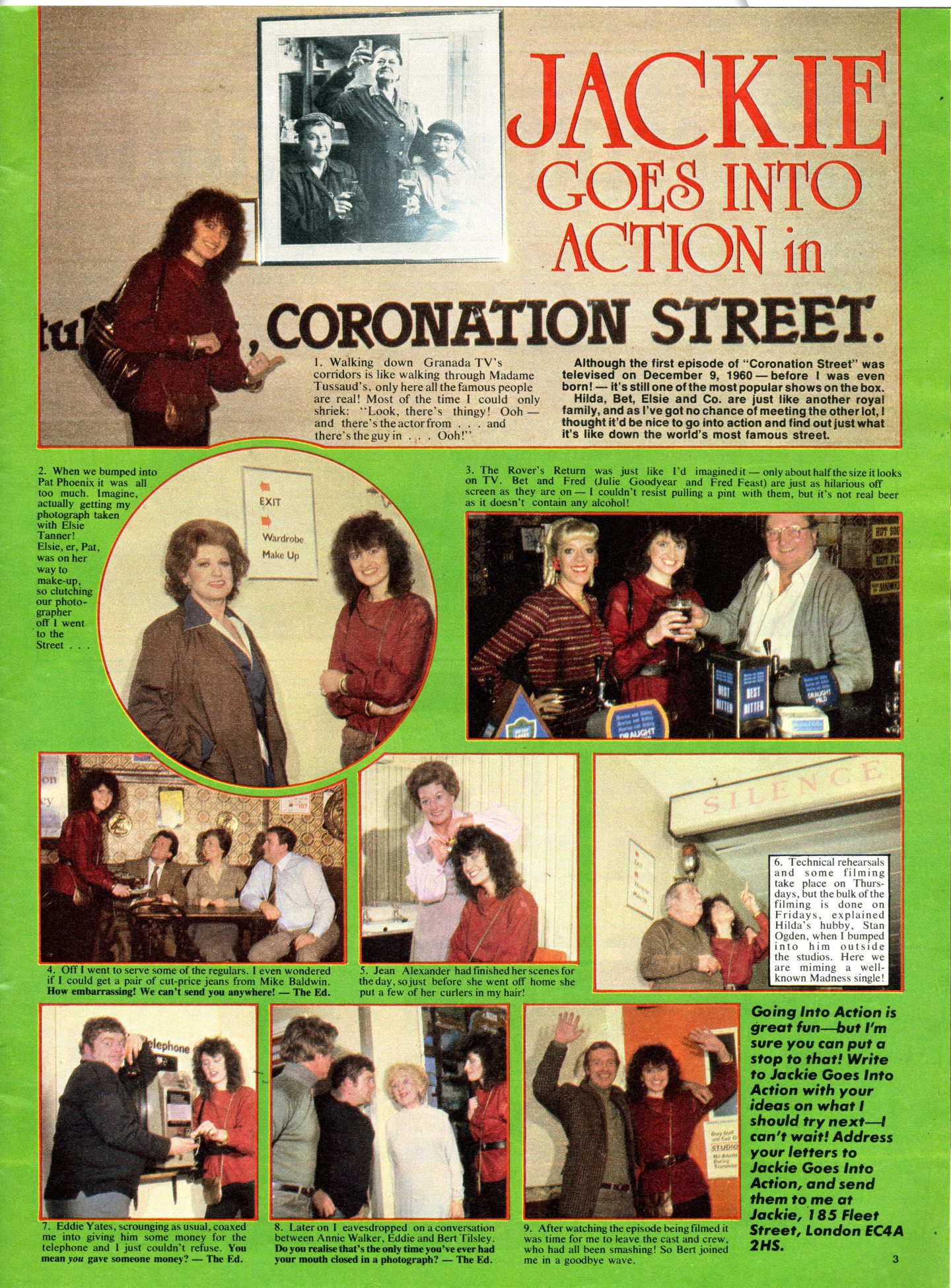
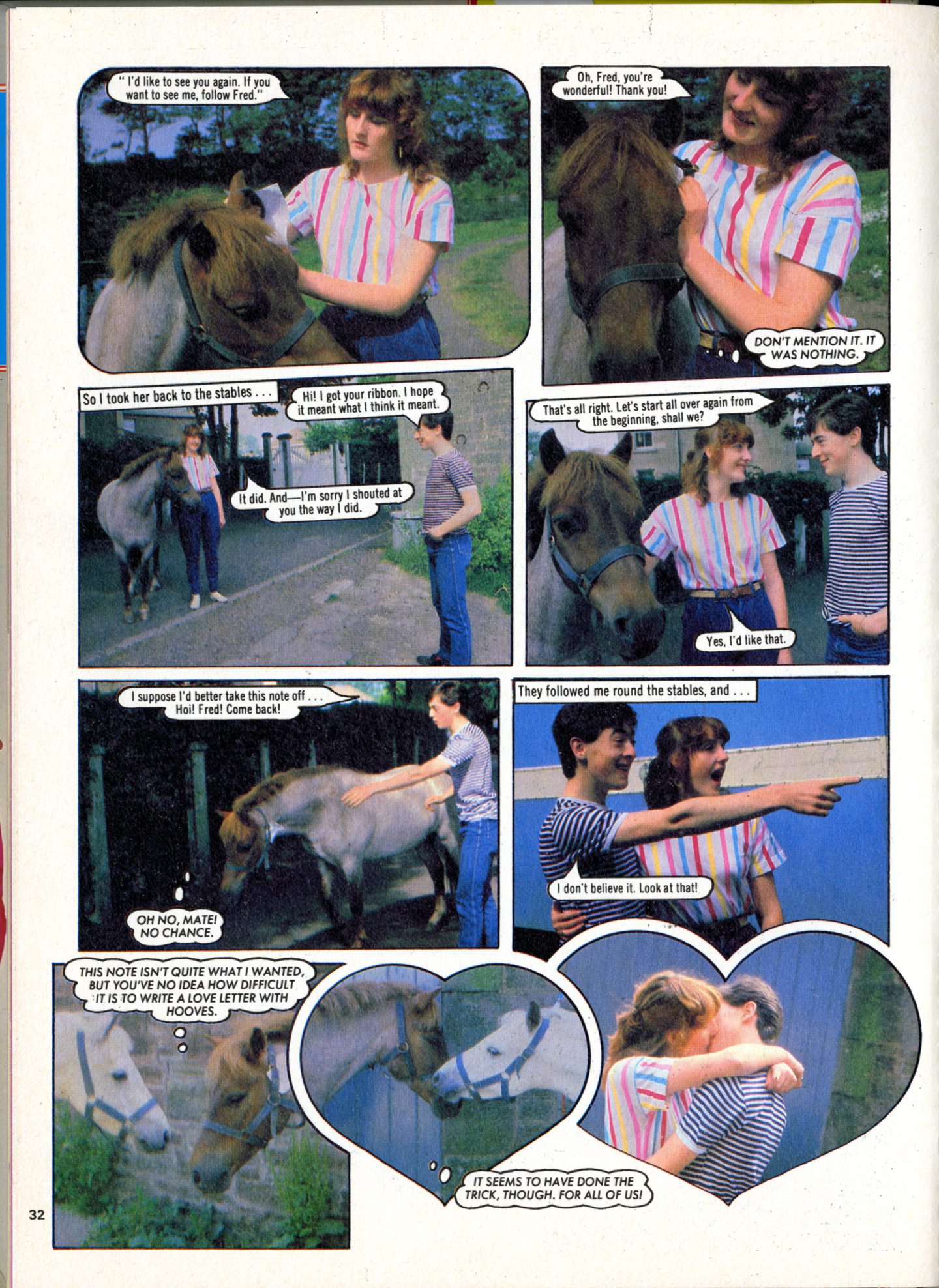
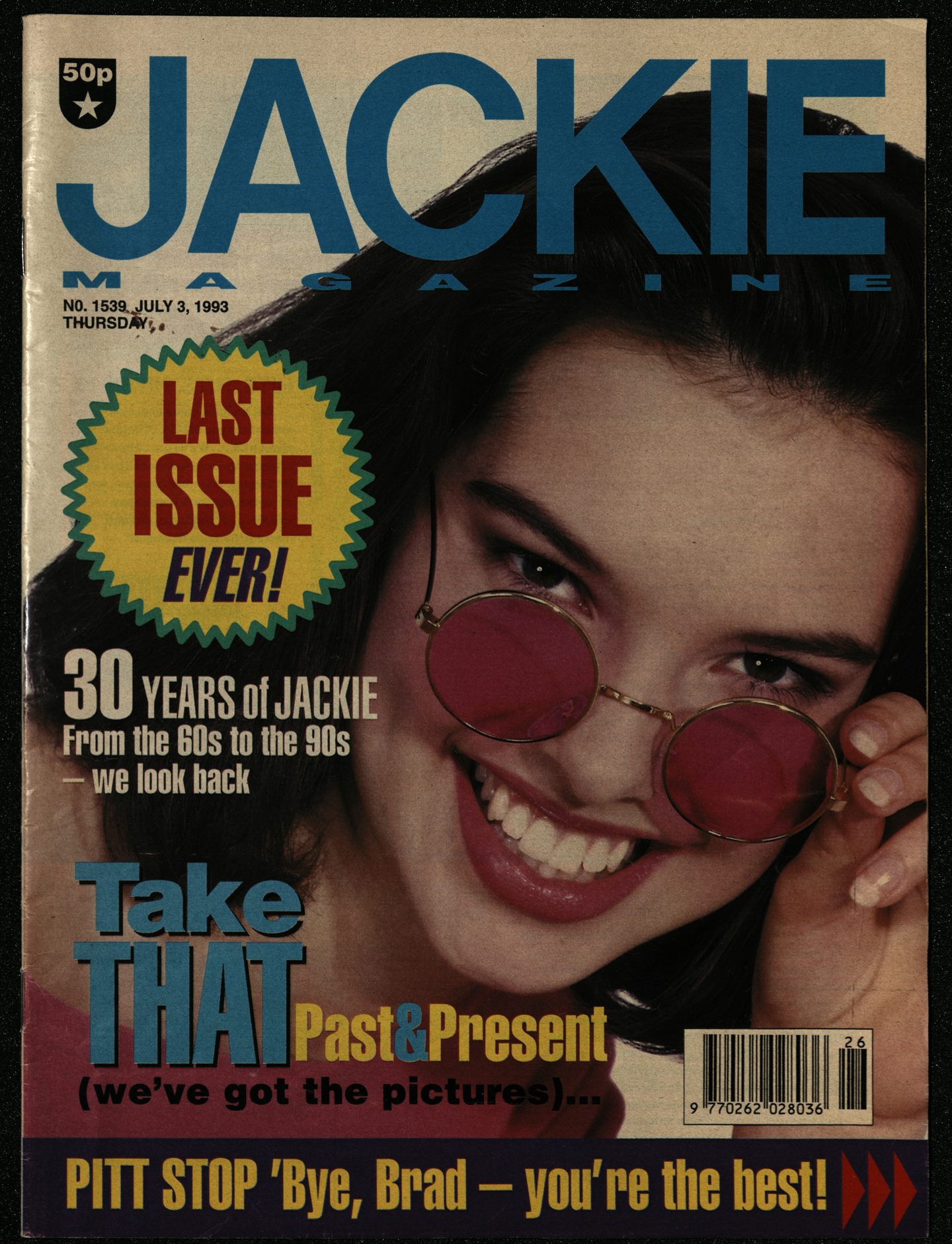
Conversation